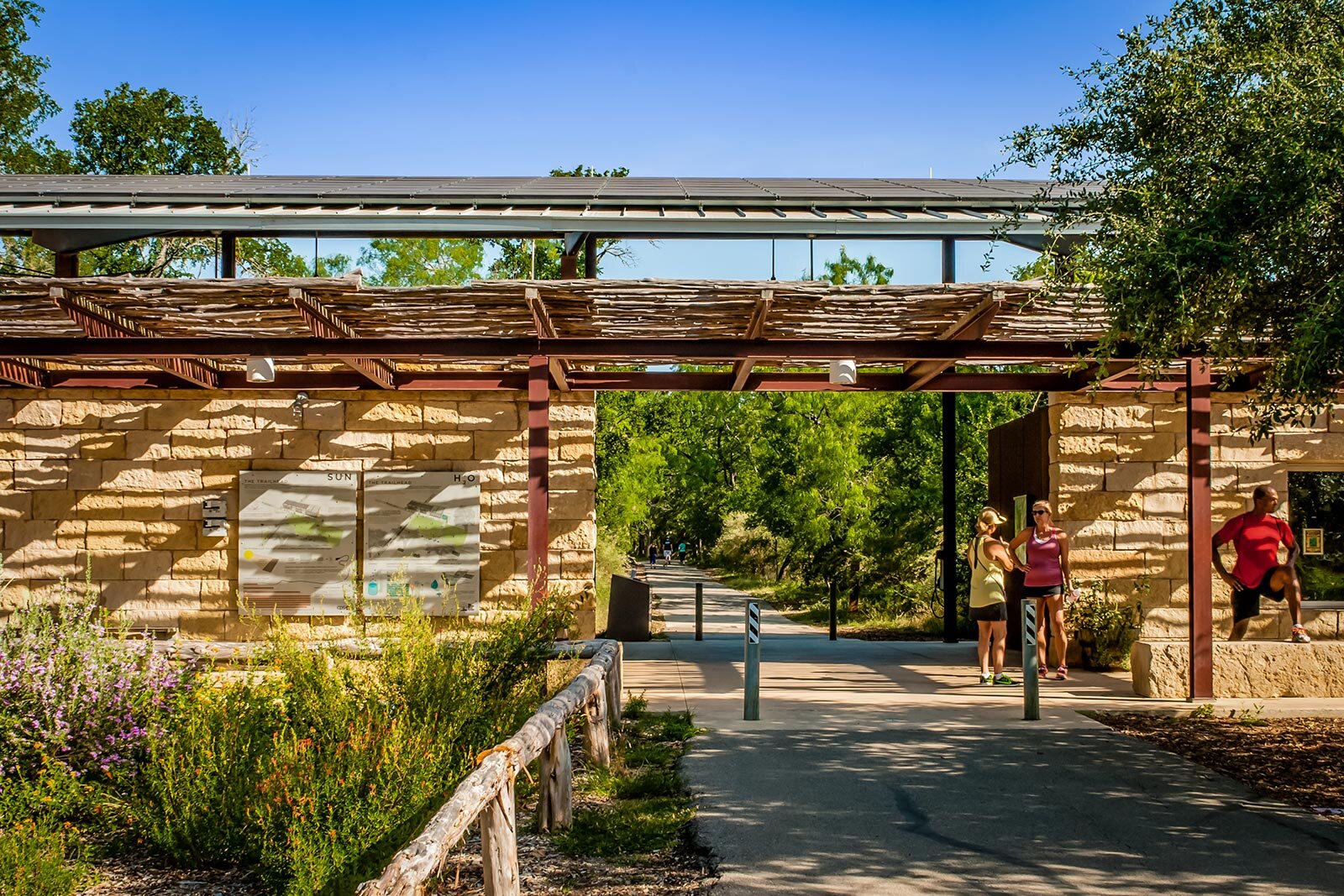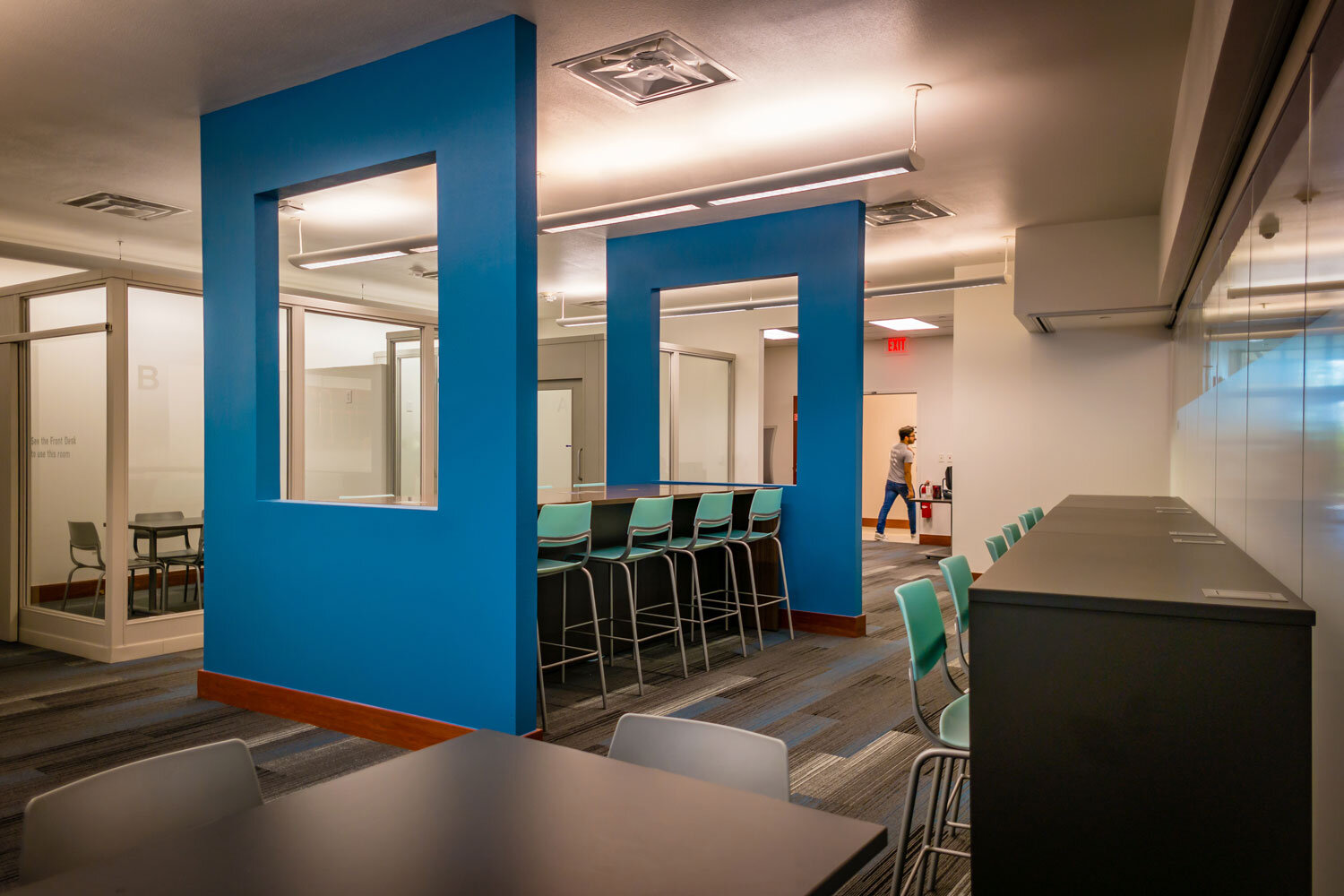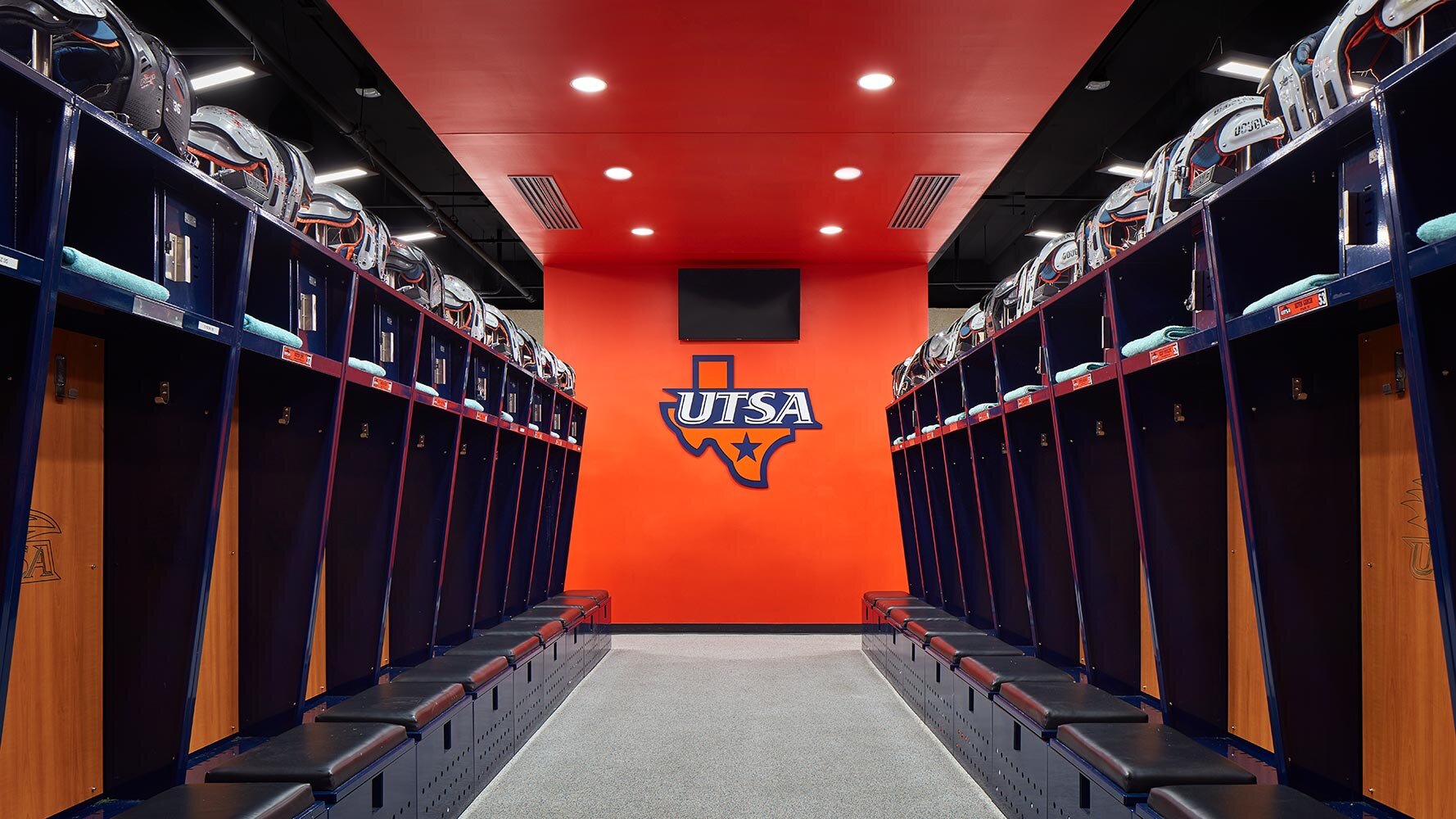Learn About
— If you would like to contact us, please give us a call or email us anytime and we will get back to you as soon as we can. Thank you!
L E A R N
Community Collaboration
Design centers around teamwork, making connections and finding underlying value in decisions. The design team includes more than just architects and engineers. It includes teachers, students, staff, and facilities teams to create a true joint effort. New buildings and spaces should be an expression of priorities and values that each team brings to the table. It encourages a methodology which welcomes owner input, feasibility and listening carefully to the client’s goals, objectives, needs, and desires.
Diversity in Learning Spaces
Educational spaces are all about student success. They need to inspire and offer the best spaces to learn. Students also need the right types and variety of spaces. Research shows the need for both personal and collaborative learning spaces. There are several reasons for this. Not every student learns the same way. Some students prefer quieter spaces, while others perform better in group activities. Both are important for the learning environment. Quieter private spaces allow students to focus. Here students can learn in depth. Larger gathering spaces allow for energetic learning. Both types are valid and schools need to have these various learning zones.
Safety Planning
Safety begins outside the campus in the context surrounding it. It should start with how schools are planned. Campuses should not isolate themselves, they should embrace the surrounding community. Security should be rings of safety starting from the surrounding area and work inwards to the learning spaces. Strategically planted landscaping, along with vehicular traffic, and better pedestrian flow improve the security of the site without creating the feeling of an isolated campus.
Future Of Learning spaces
Personalized learning tailors teaching for each student’s strengths and interests. The adjustments for classrooms will further develop stations of learning areas. The physical space is modified to create the learning environment needed for the success of students. The architecture will need to address these new spaces in a way that maximizes students’ potential while remembering that students need to interact with teachers as well as other students to grasp the concepts and lessons.





